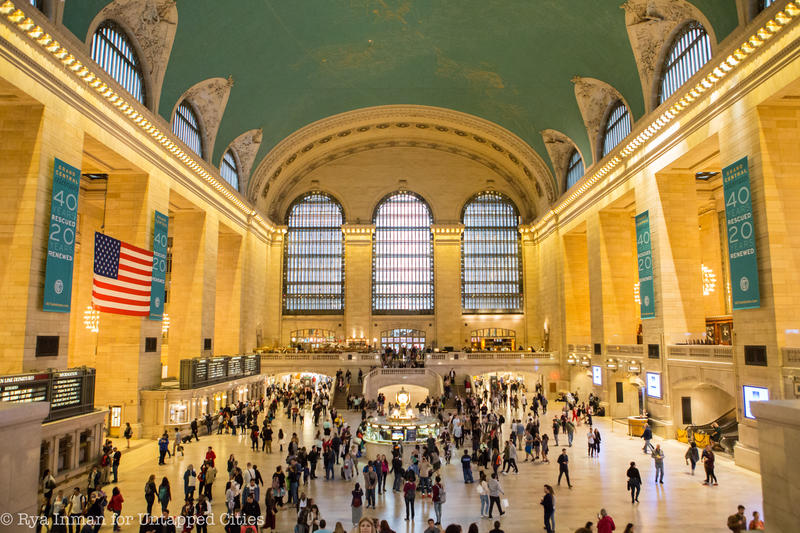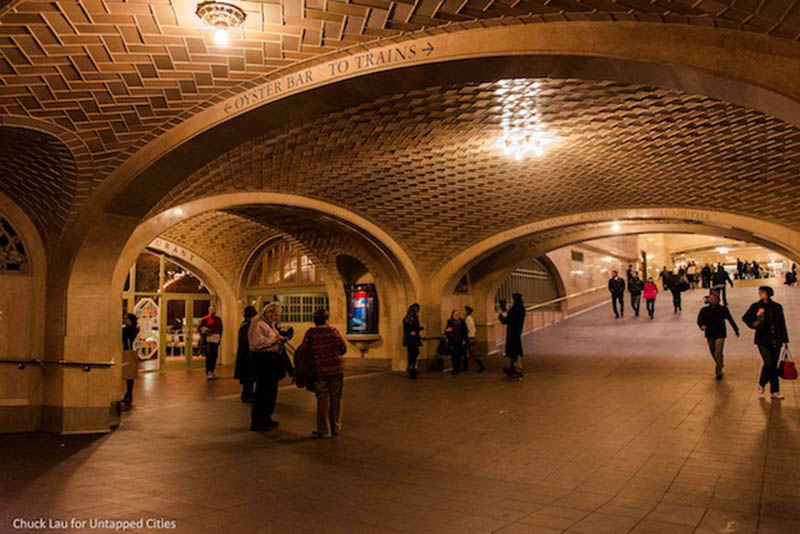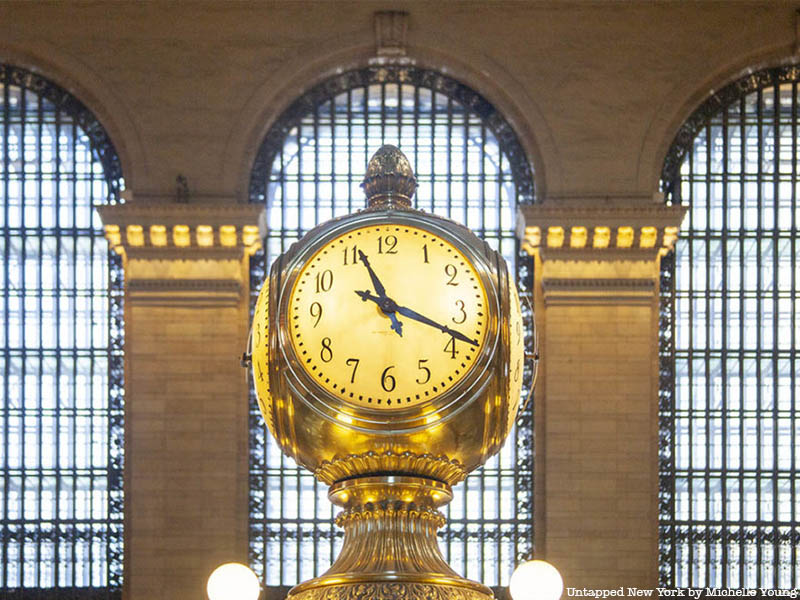
Grand Central Terminal still stands as one of New York City’s most beloved landmarks, but its history is also a glorious story of creation, decline, and rebirth — much like the story of New York City itself. Grand Central Terminal opened on February 2nd, 1913 atop a previous version, Grand Central Station (built by Cornelius Vanderbilt for his New York Central Railroad). The station replaced an even earlier building, Grand Central Depot, which opened in 1871.
From the very beginning, Grand Central Terminal was intended to benefit both public and private interests — an arrangement that continues to this day. An extensive rehabilitation project in the 1990s restored Grand Central Terminal to its original glory, while the addition of retail and restaurants have made it a popular destination for both tourist and residents alike.
Despite its renown, Grand Central Terminal still holds many secrets and fun facts you may not know. Make sure to join us on our next tour of the secrets of Grand Central, where we’ll delve deeper.
1. No One Knows if the “Whispering Gallery” Was Built to Have its Acoustic Effect

Nestled between the Main Concourse and Vanderbilt Hall is an acoustical architectural anomaly in Grand Central Terminal: a whispering gallery. Here, sound is thrown clear across the 2,000-square-foot chamber, “telegraphing” across the surface of the vault and landing in faraway corners.
Although there are many whispering galleries you can find in New York City, few are as famous as the one in Grand Central Terminal. It was designed by the master tiling company, Guastavino but the real secret is that no one knows whether the whispering gallery was constructed with the intention of producing the acoustic effect that has made it so popular.






